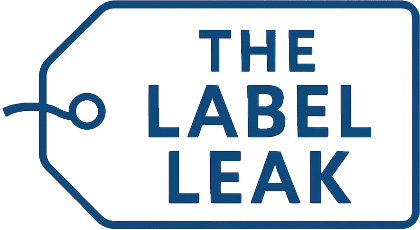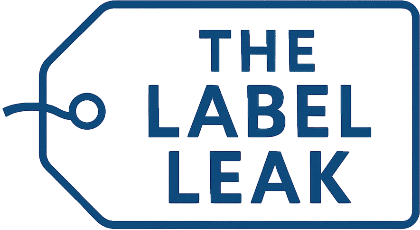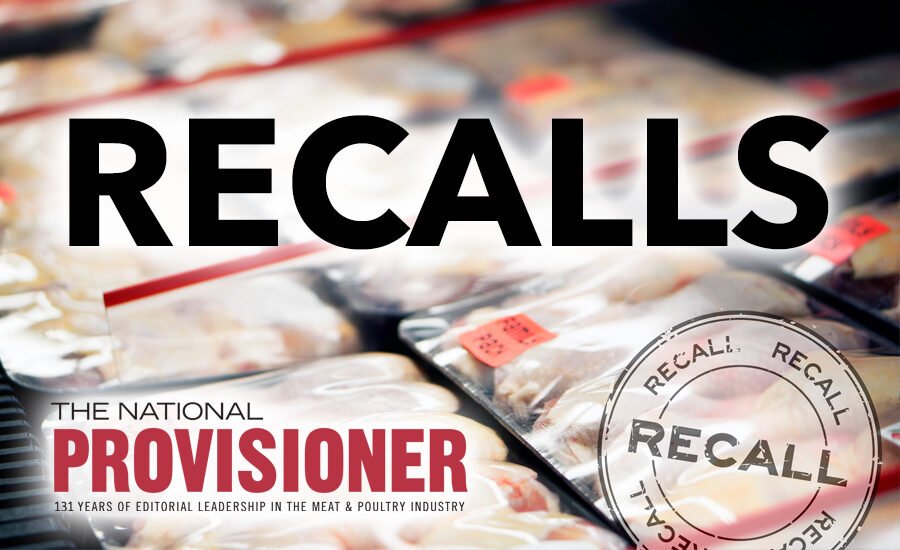Ditch manual processes for faster, smarter recalls
While no food business ever wants to issue a recall, when they do, their top priority must always be to reduce potential harm and protect public health. When food safety or quality has been compromised, food companies must issue a recall to protect consumers and their brand. Since every minute counts in a recall situation, it’s essential for food brands to take every step — and use the right tools — to maximize speed, accuracy, and transparency for faster, smarter recalls.
Switch from manual to automated processes
Historically, the food industry has been slower than other sectors in transitioning away from manual processes. This often means using pen and paper systems, data spreadsheets, and other antiquated tools. In fact, using manual processes can prolong recalls, increase damage and threaten public health.
Think about how slow and ineffective it is to work down a phone list, send individual emails, and try to manage version control on contact data spreadsheets. Additionally, when working with paper or Excel files, it’s challenging to collate compliance data, analyze company-wide information, share data with trading partners, communicate with key audiences (including consumers, retailers, regulators, etc.), and pinpoint exactly where contaminated products have traveled. Traditional, manual recall processes are slow, error-prone, and high-risk, and can significantly delay recall efforts. Even a short delay can result in public health issues, brand damage, and regulatory penalties. It’s time for all food businesses to rely on technology and automation.
The many benefits of automation
Automation solves for speed, consistency, and effectiveness, improving how recalls are managed from start to finish. For instance, push notifications ensure every stakeholder gets consistent, timely communication, which helps trading partners accurately locate and remove contaminated products from the supply chain. Additionally, automatically logged documentation makes compliance much easier.
Having proven systems in place streamlines efforts, helping recalling businesses to do the right things in the right order. Prebuilt workflows allow recalls to launch in minutes. Real-time dashboards offer visibility into recall progress, stakeholder responses, and product recovery, while mobile-first platforms enable rapid communication across distributed stakeholders. Digital traceability systems map product movement instantly. And integrated contact databases accelerate notification, ensuring comprehensive coverage.
Automation pays dividends
While food companies’ primary concerns are to protect public health and reduce harm, elevating recall efforts can also help minimize associated financial, legal, and reputational damage to their business. Today, the financial costs of a single recall can reach $99.9 million in the US.. Plus, fallout from a recall can damage a brand’s reputation (e.g., decreased sales, falling stock prices, negative press, factory shutdowns, etc.) — especially if the recalling company uses ineffective processes or lacks transparency about what happened.
Automating the recall process can save significant time, money, and resources. For one thing, automated processes can cut recall times in half (or more). As a result, companies can save labor (and costs) up to 90%. Automation also helps increase food companies’ resilience during regulatory audits.
In addition, automation can help protect consumer trust. Consumers want — and expect — food brands to do everything possible to maximize food safety and mitigate risks. When food recalls happen, consumers demand to see food businesses acting swiftly, properly, and professionally to remove tainted products from the marketplace.
It can be very reassuring for customers to know that food brands are using sophisticated technologies to improve accuracy, traceability, and trackability for faster, more complete recalls. Conversely, learning that a recalling company is using antiquated systems that are less accurate, don’t offer transparency, prevent info sharing, reduce compliance, hinder communication, etc. can diminish consumer trust and make it very difficult for brands to recover.
Make recall automation part of your brand protection strategy
Audit your current recall process to identify where manual tasks create bottlenecks, then pivot from manual to automated systems. Choose platforms built for recall execution to boost accuracy, efficiency, speed, etc. Find tools that offer integrated contact databases, real-time dashboards, audit-ready reporting, and interoperability with your supply chain. Then, train your team on these systems ahead of time to ensure that everyone knows exactly what to do in a recall situation.
The benefits of automation can’t be overstated. Automating the recall process can improve every aspect of a recall, allowing food brands to act more quickly and completely, improve communication, and mitigate risks. It’s time to ditch the manual processes and upgrade to something better so companies can minimize damages, protect public health, and maintain consumer trust.


